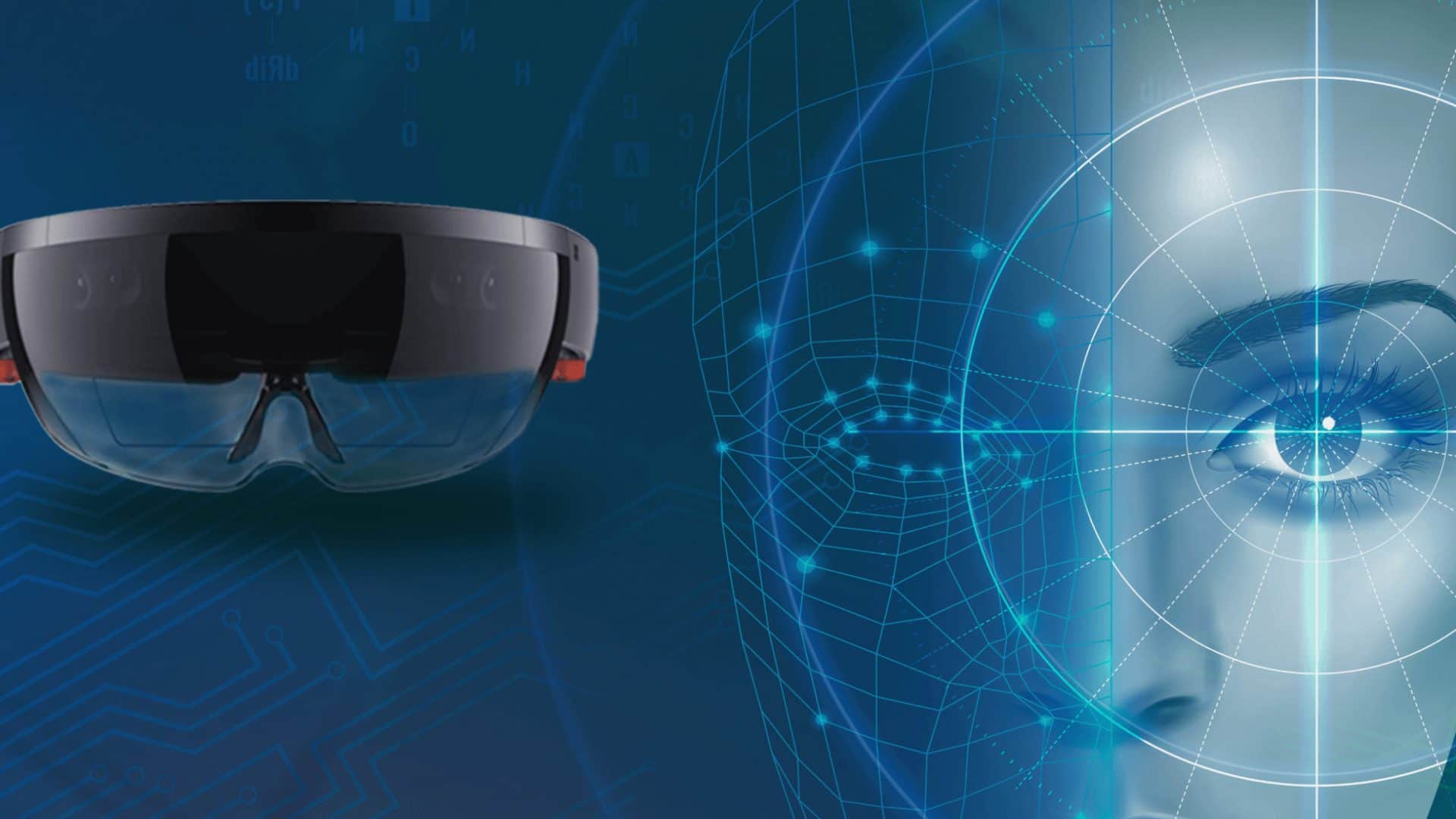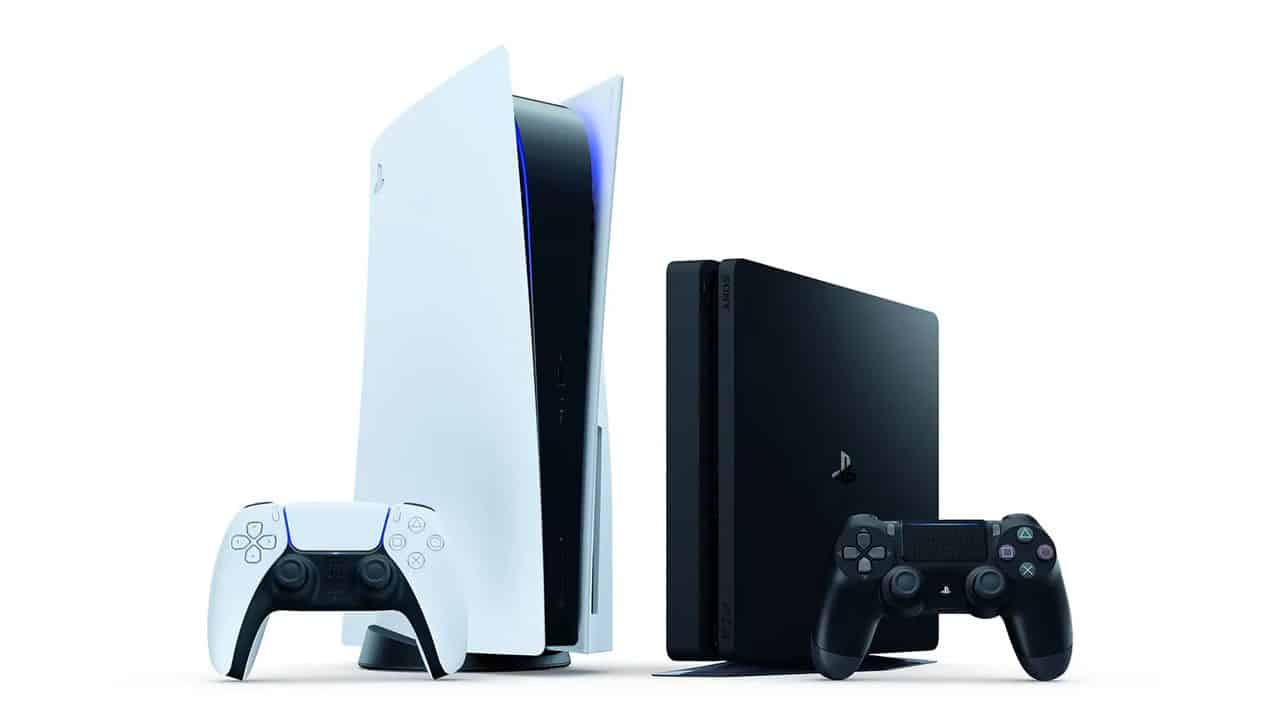Does HoloLens still have a future?
3 min. read
Published on
Read our disclosure page to find out how can you help MSPoweruser sustain the editorial team Read more

The VR industry is continuously expanding, especially in the healthcare section. According to a recent report by Allied Market Research, Microsoft is one of the top players dominating the global VR in the healthcare market.
The report includes other companies like Alphabet Inc. (Google), General Electric, Koninklijke Philips N.V. (Philips), SyncThink Inc., Firsthand Technology Inc., AppliedVR, Inc., EchoPixel, DAQRI, and Orca Health, Inc. The companies are expected to contribute to the generation of the anticipated $2.4 billion value of the healthcare market by 2026, but this prediction might change over time, especially with Microsoft facing difficulties in its HoloLens products.
HoloLens, like other XR hardware products, promises incredible possibilities in various industries besides entertainment and healthcare. One of the current sections Microsoft is trying to succeed on nowadays is using its headsets for combative purposes. Proving it is its project with the US Army, which remains troubled.
According to a Bloomberg report of the recent Pentagon office test, while the hardware could aid the soldiers in navigation and mission coordination, the military Hololens or IVAS caused the users to experience physical adverse effects, such as headaches, eyestrain, and nausea. The test summary says the “mission-affecting physical impairments” were faced by over 80% of the soldiers after three hours of using the Microsoft HoloLens.
Aside from that, another Army report Business Insider gained access to says the device received poor marks due to the designs that could negatively affect the soldiers’ performance in the field. In particular, one soldier said that the bright light from the goggle could alert the enemies of their location while trying to be incognito. “The devices would have gotten us killed,” the soldier commented. Microsoft has managed to resolve the problem with the said design, but it still failed to pass the entirety of the six evaluation procedures, including being able to deliver its essential functions.
These things aren’t the only adversities hindering the future of HoloLens within the company, as other reports show how the dreams of Microsoft for HoloLens are slowly crumbling. Business Insider reported that the company aspires to reach a $ 100 million sales target per quarter, but its largest recent achievement is just a $1 million deal with a startup. Furthermore, the budget for the XR teams of the company is reportedly being trimmed, resulting in requests for business trips and office supplies being rejected.
Earlier this month, Microsoft also spoke bluntly of the future of HoloLens, saying it has “no roadmap to speak of” for Hololens since it is trying to focus on its Army contract. However, it seems the tech giant’s plan is more than that. Alongside different pieces of news about HoloLens, Microsoft announced that it would be bringing its products to Meta Quest 2 and Meta Quest Pro devices. And while it is good news for Quest users (as it will give them future access to Microsoft 365, Windows 365, and Xbox Cloud Gaming), it could signify the end of future HoloLens hardware products. This confirms Microsoft CEO Satya Nadella’s statement during his keynote for the Microsoft Inspire developer conference, wherein the company was said to be pursuing a “software-led approach” on Metaverse instead of producing more XR hardware in the future. With all this, is it time to bid our farewell to HoloLens?









User forum
0 messages